The Americas are made of two continents named North and South America in the Western Hemisphere and they play host to around 13 percent of the earth’s population. Humans first arrived in America via a land bridge between Alaska and Russia though they may also have come by sea anywhere along the Pacific Coast. People then migrated south until they reached Cape Horn. What are the 5 oldest countries in the Americas?
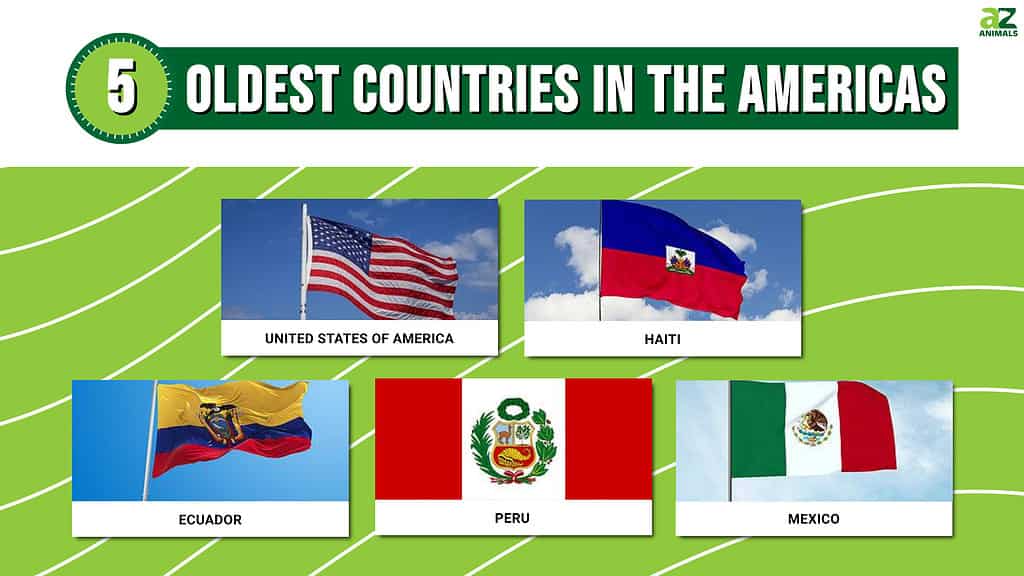
1. United States of America: Oldest Sovereign Country
The first humans may have arrived in the Americas via a land bridge that existed between Russia and Alaska. This was during a period when glaciers were bigger than they are now which made sea levels lower. Humans may have crossed into Alaska as far back as 40,000 years ago though there is considerable debate about this timeline.
The Mississippian culture in the eastern half of the United States existed from about 800 CE to 1550 CE though a few affiliated tribes lasted well into the 1700s. This culture fractured into some of the tribes that colonizers encountered including the Alabama, Chickasaw, Catawba, Missouria, and Yuchi.
The oldest sovereign nation in the Americas is the USA. The country officially came into existence on July 4, 1776, when the Declaration of Independence was signed.
On September 17, 1787, the constitution was signed. Since then, the constitution has been ratified 27 times and there have been 46 presidents. The USA had 13 states when it started, and it currently has 50 after a major expansion in its territory over two hundred years.
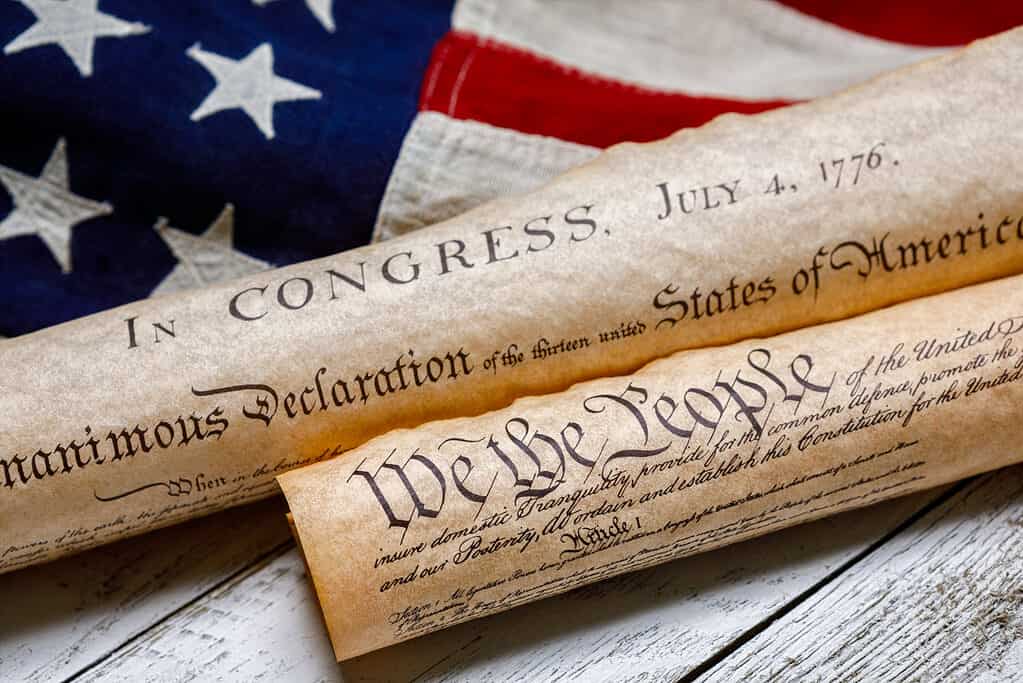
The oldest sovereign nation in the Americas is the USA, officially coming into existence on July 4, 1776.
©iStock.com/eurobanks
2. Haiti: Oldest Sovereign African American Country
Indigenous people inhabited Haiti before the beginning of recorded history. These people called their home Ayiti which means mountainous land. Different cultures controlled the islands at different points,and they originated from the Amazon and elsewhere in South America.
This country is part of a larger island called Hispaniola which also contains the Dominican Republic. Haiti covers the western third of the island while the Dominican Republic occupies the remainder. Haiti also controls smaller islands near it like Tortuga.
In 1804, Haiti won its independence from colonial France. Its current population is almost exclusively the descendants of enslaved Africans that fought for their sovereignty. It is the second country in the Americas to overcome colonialism and the first independent African American republic.
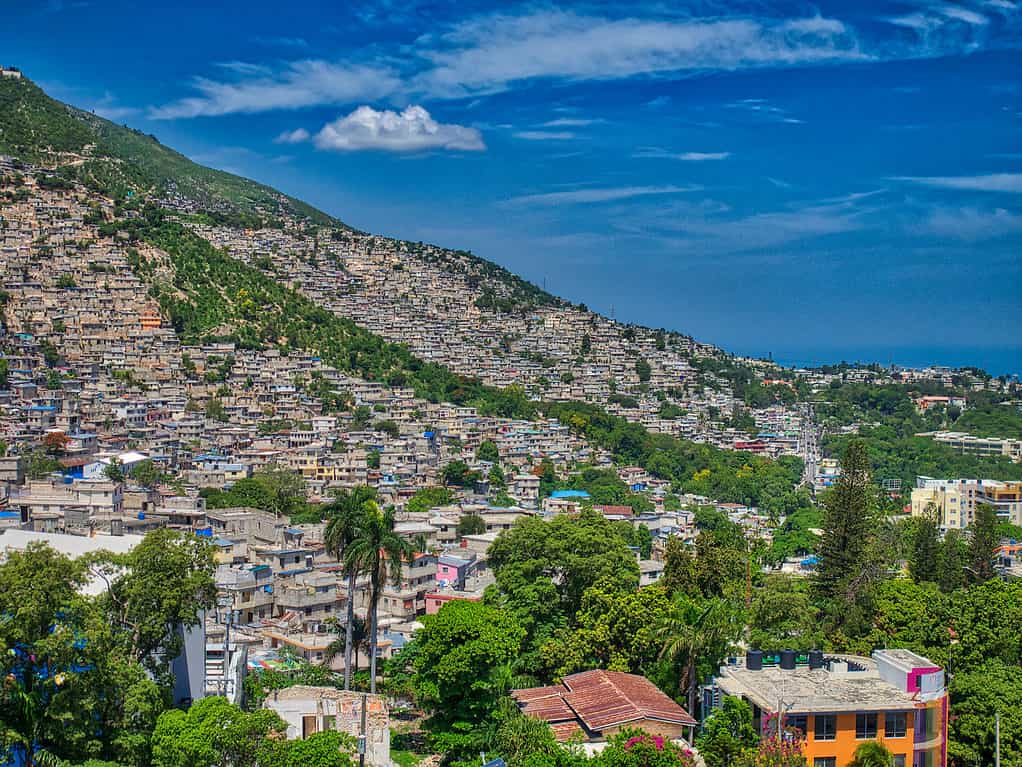
Haiti won its independence from colonial France in 1804.
©iStock.com/Stephen Howard
3. Ecuador: One of the Oldest Human Cultures in South America
The Valdivia culture began as early as 3500 BCE and lasted around 2000 years. It was built on the ashes of an earlier culture called the Las Vegas culture. It was centered near the modern town currently named Valdivia.
A civilization known as the Cañari was destroyed by the Incas before colonialism. This advanced culture has direct regional descendants to this day that live in Cañar outside of Cuenca.
As part of Simon Bolivar’s campaign that liberated parts of South America, Ecuador gained its independence in 1822. In 1941, Ecuador lost some of its Amazonian lands to Peru despite there being a US presence in the country at the time.
When Peru invaded Ecuador, World War II was in full swing. This kept the USA preoccupied while the invasion occurred. Today, the political situation in Ecuador isn’t volatile but it isn’t without tumult.

Ecuador is one of the oldest human cultures in South America.
©iStock.com/AlanFalcony
4. Peru: Oldest Andean Civilization
There is evidence of organized cultures in Peru dating back around 12,500 years. A settlement was found in the Chicama Valley called Huaca Prieta which shows this ancient history.
The Norte Chico culture came into being around 3000 BCE and lasted until about 1800 BCE. It was the first complex society found in the Andes.
The coastal region of Peru where the Norte Chico lived is considered one of the cradles of civilization. This means that an indigenous and organized culture arose without the encouragement or influence of any other group of people.
As the Norte Chico culture faded, others rose to take its place. By the 1430s CE, the Inca were thriving with their capital in Cusco and a network of roads covering over 24,000 miles.
The 1500s ushered in colonialism with the Spanish centering their empire around Lima. In 1821, Peru’s War of Independence broke out which resulted in sovereignty in 1824.
Peru has an incredible diversity of ecosystems spread throughout its territory which supports large amounts of native and endemic life. There are over 5,500 animals found nowhere else in the world.
The country’s biggest export is fishmeal which is animal feed made from marine fish. Quechua, a pre-Colombian language, is a national language in some areas alongside Spanish. The dish ceviche has its origins in Peru.
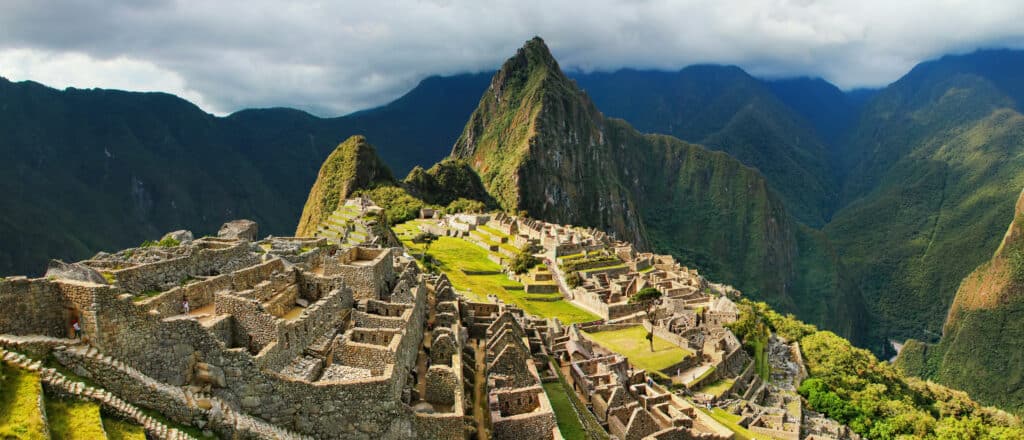
There is evidence of organized cultures in Peru dating back around 12,500 years.
©Don Mammoser/Shutterstock.com
5. Mexico: Oldest Mesoamerican Cultures
Mesoamerican societies that are vital to the cultural development of Latin American countries had a profound presence in Mexico for thousands of years. By 1500 BCE, the Olmec civilization was flourishing. This is the earliest known mesoamerican culture in all of the Americas.
Early mesoamerican civilizations in Mexico developed their first writing system based on glyphics. This makes Mexico one of the three locations in the world where writing developed independently without outside influence.
The Spanish Empire was in control of colonial Mexico around 1521 and Mexico obtained its freedom from Spain in 1821. In 1836, Texas declared itself an independent republic and was later annexed into the United States.
The Mexican-American War lasted from 1846 until 1848 and resulted in the Treaty of Guadalupe Hidalgo. This made all Mexicans now within American territory citizens with rights to their current land.
Internal conflicts caused turmoil and stagnation within the country. France took over for a few years but they were defeated. More periods of peace and unrest occurred until the Mexican Revolution broke out in 1910 and ended in 1920.
The Mexican Constitution of 1917 came into effect on February 5 of the same year. This constitution is still in effect though it has been amended over 730 times. Today’s president, named Andres Manuel Lopez Obrador, is the sixty-fifth person to hold the office.
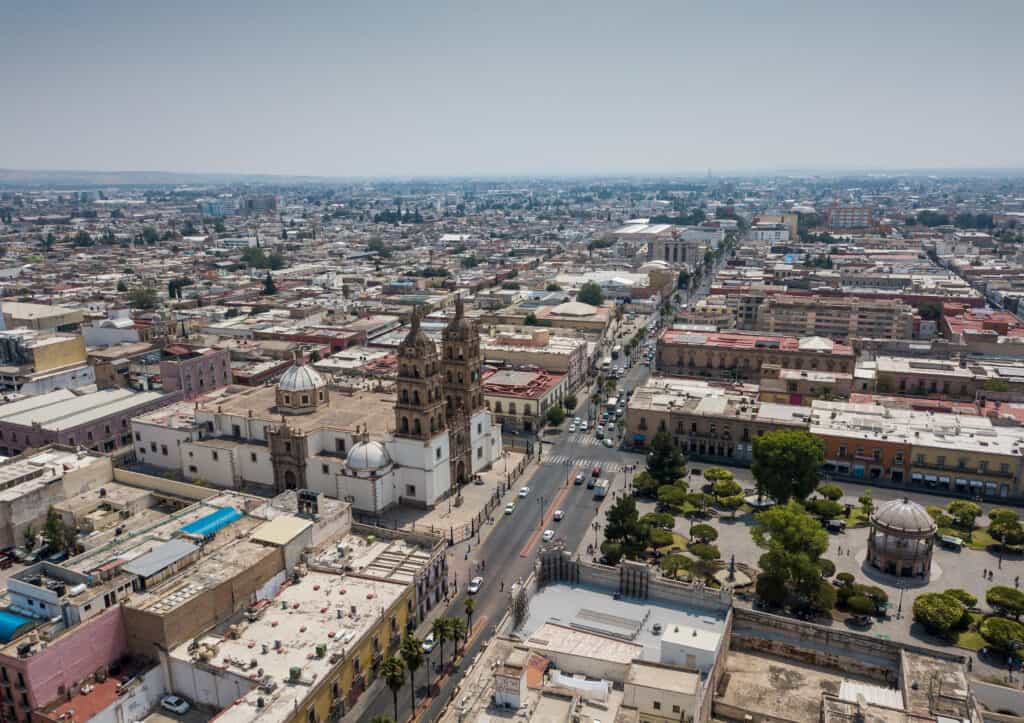
The Mexican Constitution was established in 1917.
©Jesus Gutierrez G/Shutterstock.com
Summary of the 5 Oldest Countries in the Americas
| Name of Country | Location | Year of Independence |
|---|---|---|
| United States of America | North America | 1776 |
| Haiti | Caribbean | 1804 |
| Ecuador | South America | 1822 |
| Peru | South America | 1824 |
| Mexico | South America | 1917 |
The photo featured at the top of this post is © iStock.com/shaadjutt
Thank you for reading! Have some feedback for us? Contact the AZ Animals editorial team.






